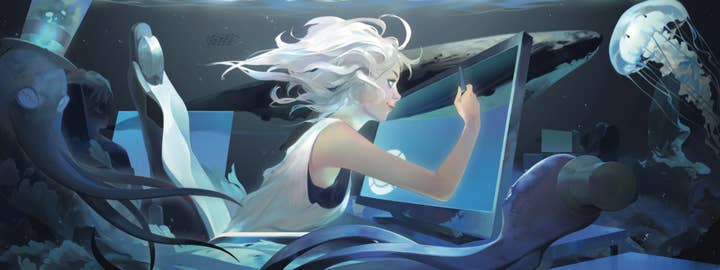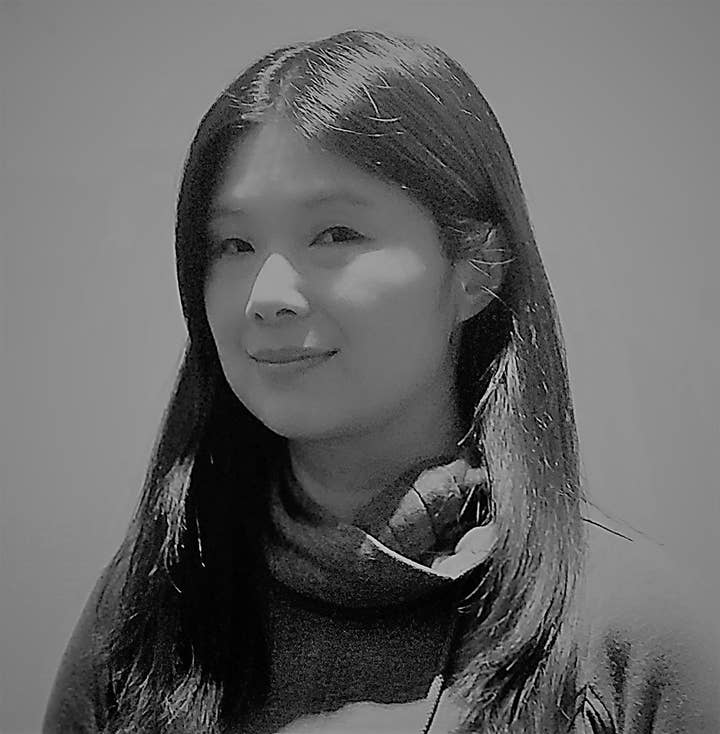How to build an effective art and animation team
Outsource specialists Keywords Studios begins its series on how to unlock modern game development. This week: art and animation
The first in a series of articles, services platform Keywords Studios shares its experience and insight on modern game development with GamesIndustry.biz readers.
The Keywords Art Service Line approach to development outsourcing is holistic and with a simple aim: to be chameleons.
What this means is that, first, we try to fully adopt our client's way of working. Whether that's by utilising their toolsets or their processes. Second, because our art and animation production is done under one roof, we can feed into every aspect of an asset as it travels along the pipeline.
When we work on an Orc Chieftan, we own that Orc Chieftan and every aspect designed to evoke emotions from the players: how they move, their clothing, how their behaviour is manifested in cutscenes, it's all part of the story that we are helping to tell.
Ultimately, this has the benefit of streamlining production, making it easier for the client and service provider to have visibility over every asset, and of improving the quality.
With my experience and what we do at Keywords Studios in mind, let me share some of my insight with you:

1. Technical errors are just as important as artistic/creative errors
Let artists be artists, but they should always keep in mind that they work within a technical industry and with this comes an absolute reliance on technical accuracy. Small details like naming conventions, having the correct polycount, using the right layering structure in texture maps may seem trivial, but they are just as important as getting the art right.
Likewise, our teams must be disciplined in how they create art. It may be as simple as having artists follow a checklist. But it's important to build a culture where the artists respect the rigour that's required.
2. Build a team that can anticipate the unexpected
Whether it's an art director, a client, or a game designer, it is important for an external team to quickly understand the client's art style, conventions, context and preferences. Moreover, so much of what we do is subjective and contextual, a prop may look great in isolation, but once put in-game it may look out of place. Our artists need to be 'conscious' thinkers, not those who are running on auto-pilot.
Training 'thinking' artists who can anticipate these sorts of scenarios is one of the most important and challenging aspects of art creation.
3. Be curious about new technologies
The industry is moving so fast, it's easy to be left behind. Without technology, artists are forever inefficient in what they do. For example, the infusion of AI in game art creation is exciting, but production pipelines are slow to change. The initial reaction to change is always reluctance and suspicion, hence it's important to instill a sense of curiosity into the culture. Technology can also make what we do more efficient, a simple script can mean an artist is free from doing repetitive and boring tasks so they can focus on creating believable art.
4. Talk
Over the years, we have learned that the best way to resolve production issues is to over-communicate. That means Gantt charts, dashboards, project management calls, team asset reviews, and asking a lot of questions. Don't be reluctant to talk because you are worried about using up precious hours in your day: communicating effectively can save so much more time in return.
5. Don't hire mechanics, hire artists
It's much easier to get artists to learn the tools than to get "mechanics" to learn art. No matter how advanced the tools of our trade get, there will still be a need for true artists to create believable art. I think every manager has at one point or another made the mistake of hiring someone who is great at driving the art creation tools but may not have strong artistic skills. In the long run, and it happens almost every time, it's the artist's skill that beats out the software jockey hands down.

6. You need to manage on all cylinders
Game development and especially art creation is about managing a multi-disciplinary team. The individuals who make up the art team come from very different backgrounds and will require different ways of management, perhaps even more so than those from technical backgrounds. With this comes the need to be able to manage each person differently. There is no rule of thumb for managing artists, and certainly none for managing both artists and 'everyone else'.
Importantly, making a game means we are working with talented individuals who do not normally work together. They will each look at and resolve a problem in a different way. If done well, the result is a like a symphony where the whole is greater than the sum of its parts. But the opposite can happen as well, resulting in a wasteland no one wants to set foot in.
The biggest lesson I have learned is to utilize humility: nobody is omniscient and there is power to develop a culture where everyone is encouraged to say "I don't know but let's figure this out together"
7. Last but not least, build an environment that artists want to work in
It may sound cool that we are making games, but in reality, it can be very demanding. Hence, it's important to build an environment where employees want to come work. Many of our artists love playing games and it's important for them to love the games that they make so they need to be given the opportunity to play.
"It's much easier to get artists to learn the tools than to get "mechanics" to learn art"
Food and fun are always important and we make sure we fill the studios with a lot of it. We invest in our talent, training them and equipping them with world-class tools and capabilities to deliver to the highest possible standards.
Although this may sound trite, I feel it an absolute necessity for management to create a safe environment where artists can explore and learn.
This is the first in a series of pieces focusing on development insight from Keywords Studios. For more information on their services, including Art and Animation, visit https://www.keywordsstudios.com/.
GamesIndustry.biz previously interviewed Andrew Brown about the changing development landscape.
About Ashley Liu
Ashley Liu is the Art Service Line Director at Keywords Studios, responsible for a pipeline which employs over 1200 talented creatives. Previously Founder and CEO of Mindwalk Studios in Shanghai she led the digital art and animation studio for 12 years before it was acquired by Keywords Studios in 2016.